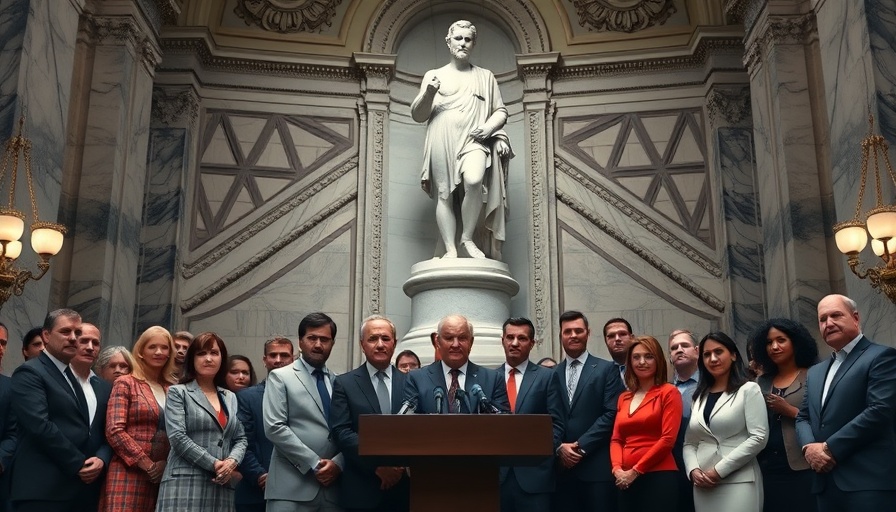
Violent Crime and Its Aftermath: A Local Case Explored
The recent conviction of Tre Anthony Ertl brings to light the harsh realities of violent crime in small-town America. Accused of stabbing and robbing a man of $23,000 in cash, Ertl's case was the product of a fraught summer day in June 2024. After a week-long trial, Ertl was found guilty on three of four felony counts, including second-degree attempted murder, leaving many to ponder what this means for community safety and the well-being of its residents.
The Victim's Story: Understanding the Impact
John*, the victim in this case, faced life-threatening injuries that not only affected his physical health but his mental state as well. Reports indicate he endured a broken jaw, a punctured lung, and multiple other injuries that require ongoing medical treatment. With their livelihoods threatened, numerous friends of John express concern about the erosion of safety in their once-peaceful town. John's experience is a stark reminder of just how quickly life can change in the face of violence.
Community Reactions: A Call for Healing
In the wake of this violent incident, the Litchfield community is reeling. Residents have begun rallying together, creating support networks for those affected by crime and advocating for stronger safety measures. This solidarity underscores the importance of community engagement when addressing the root causes of violence. By fostering open dialogues, townsfolk hope to prevent similar situations from occurring in the future.
Exploring the Role of Youth and Violence
The involvement of young people in such violent acts is alarming. At 27 years old, Ertl might seem older, but the co-accused Aryianna Pillatzki, 21, raises further concerns about youth engagement in criminal activities. What factors led to their actions? Experts speculate that socioeconomic circumstances, peer pressure, and lack of constructive outlets could all play roles.
Future Predictions: Turning Pain into Prevention
As the case moves towards sentencing on November 3, local officials and residents are pressured to look ahead. Can this tragedy be transformed into a platform for prevention? Many believe that educating youth about the consequences of violence and offering alternatives through sports, arts, and community programs could foster a culture of peace rather than aggression.
Ultimately, this case is more than just a courtroom drama; it reflects a societal issue that intertwines with the larger narrative of our communities. The conviction of Tre Ertl, while serving as a lesson on justice, also calls for action towards healing and restorative efforts in Litchfield and beyond.
 Add Row
Add Row  Add
Add 




Write A Comment